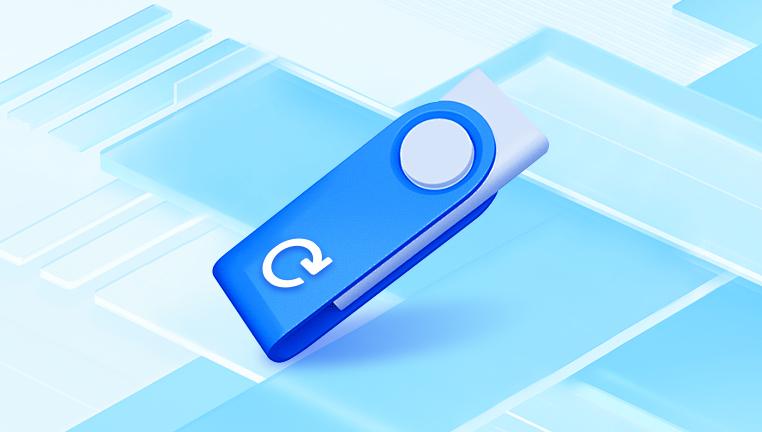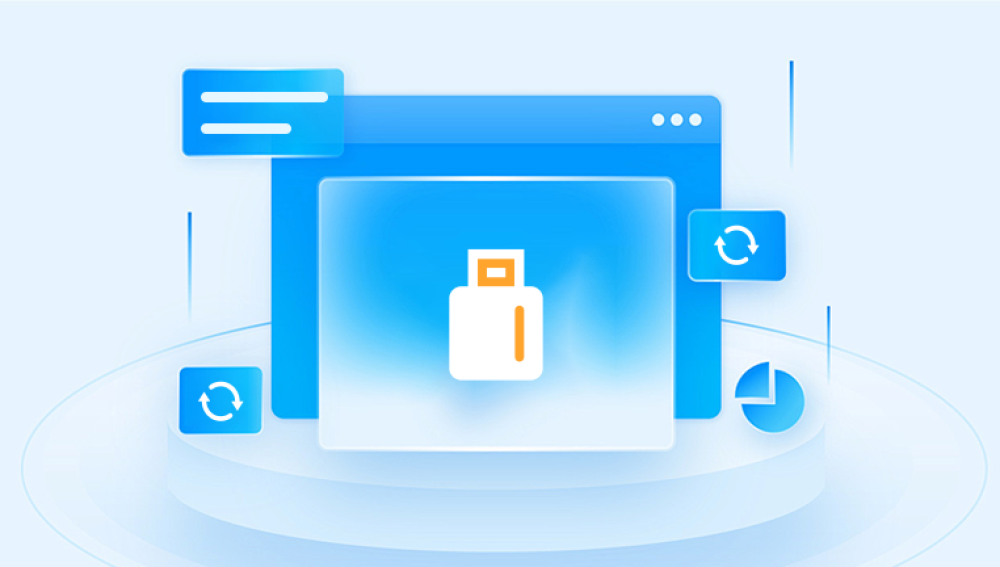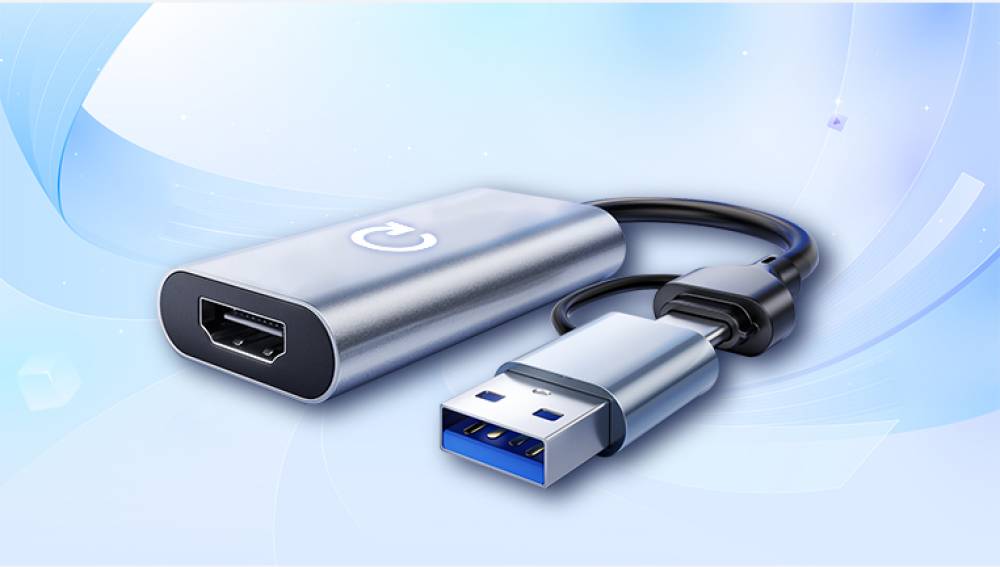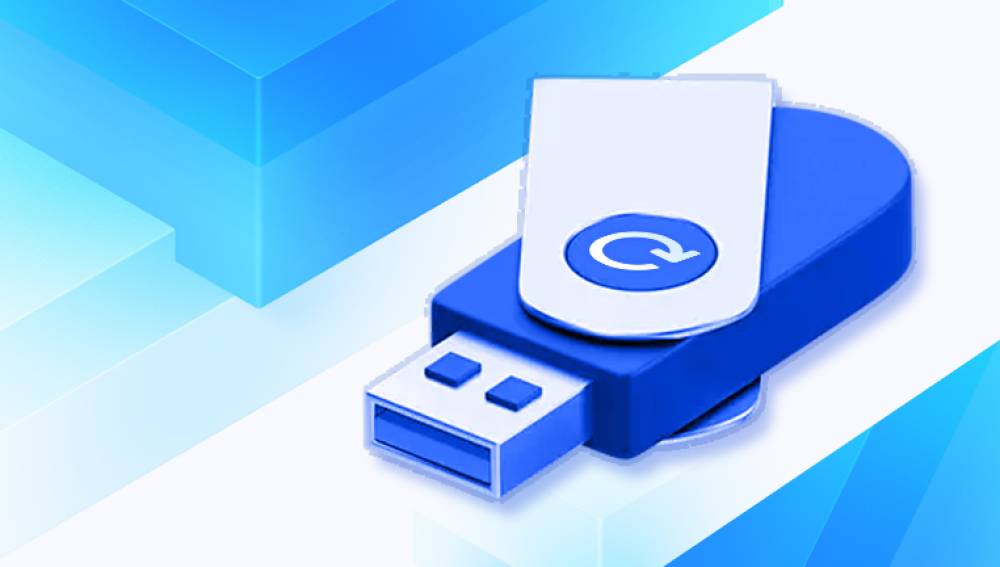Files can disappear in the blink of an eye due to accidental deletion, corruption, formatting, or hardware failure. Fortunately, USB drive recovery software can rescue data that seems lost forever.
1. Accidental Deletion
One of the most frequent causes of data loss is simple human error. You might delete files from your USB drive and then empty the Recycle Bin, thinking they’re gone for good.
2. Formatting the Drive
Sometimes users format their USB drive accidentally, or the system prompts a format due to errors. Formatting deletes the file system structure, but often leaves the actual data recoverable at least temporarily.

3. File System Corruption
Improper ejection of the drive, virus infections, or sudden power outages during data transfers can corrupt the file system. When this happens, the drive may show errors or become unreadable.
4. Virus or Malware Attacks
USB drives used in multiple computers are vulnerable to malware. A virus can hide, delete, or corrupt files without your knowledge.
5. Physical Damage
Water exposure, bending, or damage to the USB connector can cause the device to malfunction. While software alone can’t fix physical issues, it can help if the system still detects the drive.
6. Bad Sectors or NAND Wear
Flash memory degrades over time. If your drive has bad sectors or is nearing the end of its lifespan, files may become inaccessible or corrupted.
How USB Data Recovery Software Works
When a file is deleted from a USB drive or the drive is formatted, the data isn't immediately destroyed. Instead, the space it occupied is marked as available for new data. Until that space is overwritten, recovery software can scan the raw data and attempt to rebuild deleted files.
The Recovery Process:
Drive Detection
The software detects the USB drive as a storage device, even if it doesn’t appear in File Explorer.
Scanning
There are typically two types of scans:
Quick Scan: Searches for recently deleted files using metadata.
Deep Scan: Searches sector-by-sector for file signatures, useful when the drive is formatted or corrupted.
File Identification
Recovery software uses known file signatures (headers and footers) to identify recoverable files, even if the file names or folders are lost.
Preview and Selection
Most tools let you preview files—such as images or documents—before restoring them, ensuring they’re not damaged.
Data Restoration
Recovered files are saved to a different drive to avoid overwriting any other recoverable data.
Features to Look for in USB Recovery Software
There are dozens of data recovery tools available, both free and paid. When evaluating recovery software for your USB drive, look for the following features:
1. File Type Support
Good recovery software can retrieve documents, images, videos, archives, audio, and more.
2. Multiple Scan Modes
The ability to toggle between quick scans for speed and deep scans for depth ensures more reliable recovery.
3. File System Compatibility
USB drives are commonly formatted as FAT32. exFAT, or NTFS. Choose software that supports all these formats.
4. File Preview Functionality
Previewing recoverable files (especially photos or documents) lets you confirm their integrity before restoring.
5. Safe Recovery
The software should operate in read-only mode—never writing to the USB drive being recovered from.
6. Device Compatibility
It should work with all brands and sizes of USB drives, regardless of manufacturer.
7. Simple User Interface
An intuitive layout helps both beginners and advanced users recover data without a steep learning curve.
Best Recovery Software for USB Drives
Let’s explore the most reliable and widely used recovery tools available today—both free and premium options. All are compatible with USB drives and work on various operating systems.
1. Drecov Data Recovery
Drecov Data Recovery is a powerful and user-friendly solution designed to help recover lost files from USB drives, SD cards, and external hard drives. It works on both Windows and macOS and supports recovery from accidental deletion, formatting, corruption, or virus damage.
You can perform quick or deep scans, preview files before recovery, and choose specific files or folders to restore. It supports all file types—documents, videos, music, photos—and works with FAT32. exFAT, and NTFS drives.
Key Benefits:
Free version available with core features
Easy interface, suitable for beginners
Read-only recovery ensures no overwriting
2. Recuva
Recuva is a lightweight, easy-to-use recovery tool made by Piriform. It supports recovery from USB drives, memory cards, and hard drives. It’s especially popular for recovering deleted photos and documents.
Its wizard mode guides users through the process, while advanced users can switch to manual mode. It also features a secure delete tool to permanently erase sensitive files.
Key Benefits:
Unlimited recovery with free version
Quick and deep scan modes
File preview and status indicators
3. EaseUS Data Recovery Wizard
EaseUS is a premium recovery tool with a free tier that allows up to 2GB of file recovery. It supports USB drive recovery after deletion, formatting, RAW errors, or partition loss. The software features an intuitive interface, file filters, and reliable deep scanning.
Key Benefits:
Supports over 1000 file types
High recovery success rate
Preview and filter by file type or path
4. Disk Drill
Disk Drill offers USB drive recovery with a slick, user-friendly interface. The Windows version allows up to 500MB of free data recovery, while macOS users can preview files without recovering for free.
The software supports deep scanning, partition recovery, and extra features like backup creation and Recovery Vault.
Key Benefits:
Beginner-friendly design
Recovers deleted, formatted, or corrupted files
Hundreds of file format signatures supported
5. PhotoRec
PhotoRec is a powerful, open-source recovery tool that works independently of the file system. It identifies file signatures in the raw data and reconstructs lost files. While it lacks a GUI, it's extremely effective—especially for SD cards and USB drives.
Key Benefits:
Supports over 480 file extensions
Works on Windows, Mac, and Linux
Free and open-source
6. Windows File Recovery (Microsoft Tool)
Microsoft’s own free recovery tool for Windows 10 and later works via command line. It supports NTFS drives and offers recovery from deletion, formatting, and corruption.
Key Benefits:
Built by Microsoft
Free and secure
Recovery modes for different scenarios
7. Wise Data Recovery
Wise Data Recovery is a fast, portable tool that scans USB drives for deleted files. It shows recovery probability and supports a range of file types. While basic in design, it’s effective for quick jobs.
Key Benefits:
Lightweight and fast
Portable version available
Free for unlimited scans and recovery
Step-by-Step Guide to Recover Data from a USB Drive
Recovering files from a USB drive using recovery software is usually straightforward. Here’s a typical process that works with most tools:
Step 1: Stop Using the Drive
Once you notice files are missing, stop using the USB drive immediately. Any new data might overwrite deleted files.
Step 2: Insert the USB Drive into a Computer
Connect the USB stick using a working port. Ensure the drive is recognized by your operating system, even if it's not showing in File Explorer.
Step 3: Install and Launch Recovery Software
Download your preferred recovery software. Important: Do not install it on the USB drive you want to recover data from. Use your computer’s hard drive instead.
Step 4: Select the USB Drive
Launch the program and select your USB drive from the list of available storage devices.
Step 5: Perform a Scan
Start with a quick scan. If files don’t appear, switch to a deep scan for more thorough recovery.
Step 6: Preview Files
Use the preview function to view file contents before recovery. Check for file quality and completeness.
Step 7: Recover and Save Files
Select the files you want and save them to a different drive (not the original USB). This prevents overwriting potentially recoverable data.
Troubleshooting Tips
If your USB drive isn’t being detected or recovery is unsuccessful, try the following:
Try Another USB Port or Computer
Sometimes the issue is with the port, not the drive.
Use Disk Management (Windows) or Disk Utility (Mac)
Check if the drive appears as a RAW or unallocated partition. If it does, recovery software can often still scan it.
Assign a Drive Letter (Windows)
If the drive appears in Disk Management but has no letter, assign one manually.
Don’t Format If Prompted
If your computer asks to format the drive, cancel. Formatting may reduce your chances of successful recovery.
When to Contact Professional Recovery Services
In certain situations, software alone may not be enough. If your USB drive shows physical damage (bent connectors, exposure to water, burning smells), or it’s not detected at all, a professional recovery service may be needed.
These services have cleanroom environments and advanced tools to recover data from physically damaged or dead USB drives. While expensive, they’re often the only hope for irreplaceable data.
How to Prevent USB Data Loss
While recovery tools are helpful, prevention is even better. Follow these practices to reduce your risk of data loss:
Eject Safely
Always use “Safely Remove Hardware” or “Eject” before pulling the USB drive out. Unplugging too early can cause file system corruption.
Backup Important Files
Keep copies of your important files on another USB, external drive, or cloud storage.
Avoid Reusing Drives Across Too Many Devices
Moving your USB stick between too many computers can increase the risk of malware or errors.
Replace Aging Drives
USB drives can wear out. If a drive becomes unreliable or slow, back up your data and stop using it.
Use Antivirus Protection
Ensure your systems are protected from viruses that may target portable storage devices.
USB drives are versatile, but not immune to data loss. Whether you’ve accidentally deleted a file, formatted the drive, or encountered corruption, recovery software offers a chance to reclaim your lost data.
With powerful free and paid options like Drecov Data Recovery, Recuva, Disk Drill, and PhotoRec, there’s a solution for every situation—from simple recoveries to deep scanning of severely damaged drives. The key is to act quickly, stop using the drive immediately, and use reliable recovery tools.




